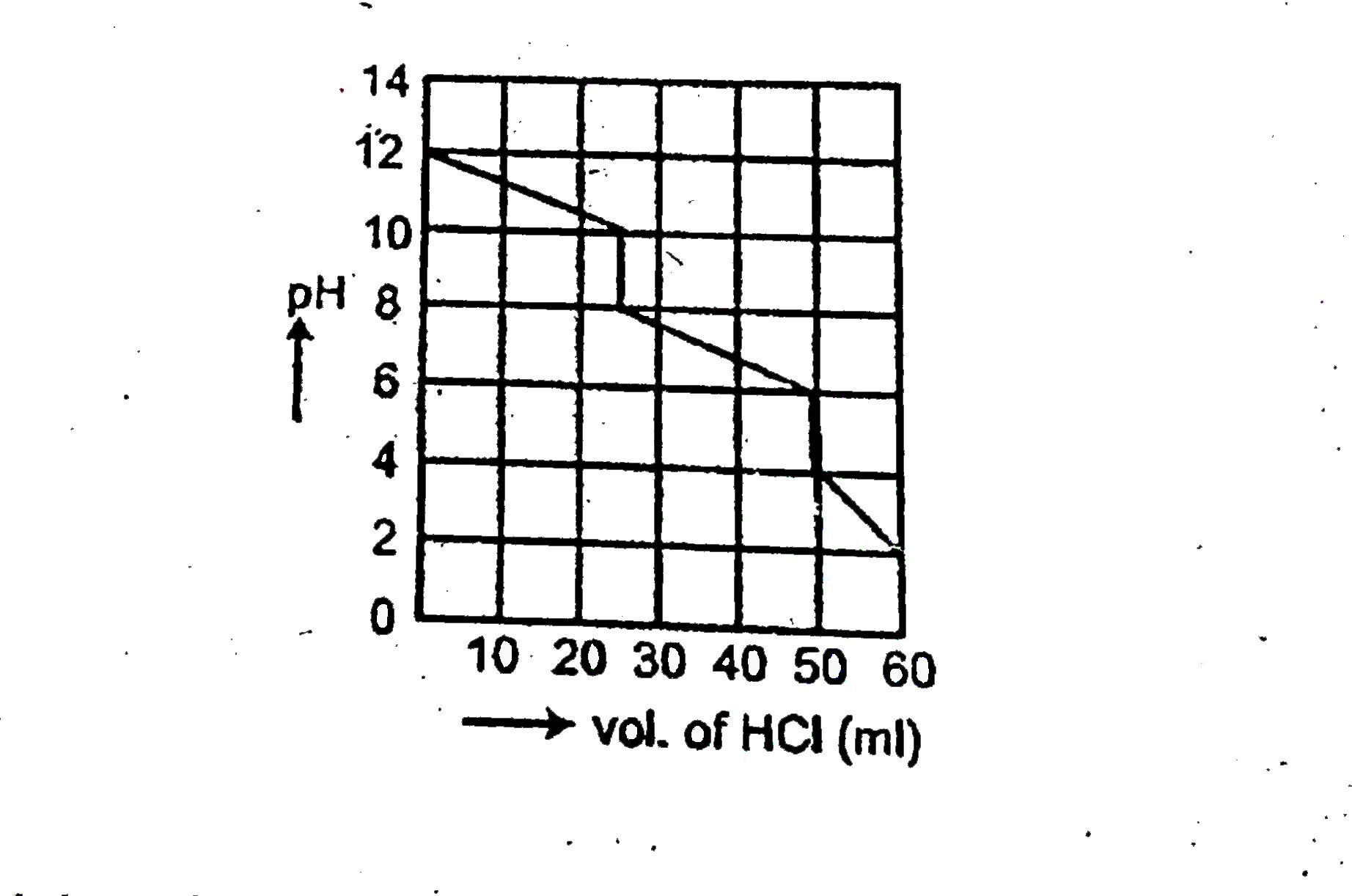State the colour change in three different indicators in presence of HCl gas.
To answer the question about the color change in three different indicators in the presence of HCl gas, we can follow these steps:
1. Identify the Indicators: We will use three common pH indicators:
- Litmus
- Methyl Orange
- Phenolphthalein
2. Understand the Nature of HCl:
- HCl (Hydrochloric acid) is a strong acid with a pH ranging from 0 to 3. This indicates that it is acidic in nature.
3. Determine the Color Change for Each Indicator:
- Litmus:
- Blue litmus paper turns red when exposed to an acidic solution like HCl.
- Methyl Orange:
- Methyl orange is orange in color but turns red in acidic conditions. Therefore, in the presence of HCl, it will change from orange to red.
- Phenolphthalein:
- Phenolphthalein is colorless in acidic solutions. Since HCl is acidic, phenolphthalein will remain colorless when HCl gas is introduced.
4. Summarize the Observations:
- Litmus: Blue litmus turns red.
- Methyl Orange: Changes from orange to red.
- Phenolphthalein: Remains colorless.
Final Answer:
- In the presence of HCl gas:
- Litmus: Blue litmus turns red.
- Methyl Orange: Changes from orange to red.
- Phenolphthalein: Remains colorless.
- Litmus
- Methyl Orange
- Phenolphthalein
- HCl (Hydrochloric acid) is a strong acid with a pH ranging from 0 to 3. This indicates that it is acidic in nature.
- Litmus:
- Blue litmus paper turns red when exposed to an acidic solution like HCl.
- Methyl Orange:
- Methyl orange is orange in color but turns red in acidic conditions. Therefore, in the presence of HCl, it will change from orange to red.
- Phenolphthalein:
- Phenolphthalein is colorless in acidic solutions. Since HCl is acidic, phenolphthalein will remain colorless when HCl gas is introduced.
- Litmus: Blue litmus turns red.
- Methyl Orange: Changes from orange to red.
- Phenolphthalein: Remains colorless.
- In the presence of HCl gas:
- Litmus: Blue litmus turns red.
- Methyl Orange: Changes from orange to red.
- Phenolphthalein: Remains colorless.
Topper's Solved these Questions
- STUDY OF COMPOUNDS - HYDROGEN CHLORIDEBOOK - ICSECHAPTER - STUDY OF COMPOUNDS - HYDROGEN CHLORIDEEXERCISE - UNIT TEST PAPER 7A - HYDROGEN CHLORIDE
28 Videos
- STUDY OF COMPOUNDS - HYDROGEN CHLORIDEBOOK - ICSECHAPTER - STUDY OF COMPOUNDS - HYDROGEN CHLORIDEEXERCISE - QUESTIONS
62 Videos
- STUDY OF COMPOUNDS - AMMONIA BOOK - ICSECHAPTER - STUDY OF COMPOUNDS - AMMONIA EXERCISE - UNIT TEST PAPER 7B - AMMONIA
22 Videos
- STUDY OF COMPOUNDS - NITRIC ACID BOOK - ICSECHAPTER - STUDY OF COMPOUNDS - NITRIC ACID EXERCISE - UNIT TEST PAPER 7 C - NITRIC ACID
27 Videos
Similar Questions
Knowledge Check
Find the correct statements regarding the methyl glucosides obtained by the reaction of D-Glucose with methanol in presence of dry HCl gas.
AThese are methyl ether of hemiacetal of glucose formed by intramolecular reaction.BThese are enantiomers.CThese are anomers.DIn one of these all the substituents are equatorial.
State the colour change in a universal indicator e.g. pH paper on (i) slightly acidic soil (ii) slightly alkaline soil (iii) dairy milk (iv) human blood tested for medical diagonsis
View SolutionThe variation of pH during the titration of 0.5 N Na2CO3 with 0.5 N HCl is shown in the given graph.The following table indicates the colour and pH ranges of different indicators :
IndicatorRange of colour changeColour in acidColour in baseThymol blue1.2to2.8RedYellowBromocresol red4.2to6.3RedYellowBromothymol blue6.0to7.6YellowBlueCresolphethalein8.2to9.8ColourlessRed

Based on the graph and the table which of the following statements are true ?
View SolutionMention the colour changes observed when the following indicators are added to acids :
Methyl orange solution
View SolutionMention the colour changes observed when the following indicators are added to acids:
Methyl orange solution
View SolutionMention the colour changes observed when the following indicators are added to acids :
Alkaline phenolphthalein solution
View SolutionMention the colour changes observed when the following indicators are added to acids :
Neutral litmus solution.
View SolutionA large difference between the fourth and fifth ionization energies indicates the presence of:
View Solution
